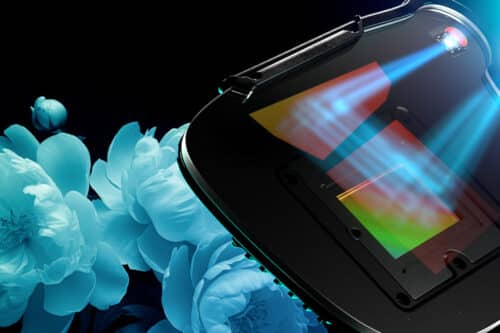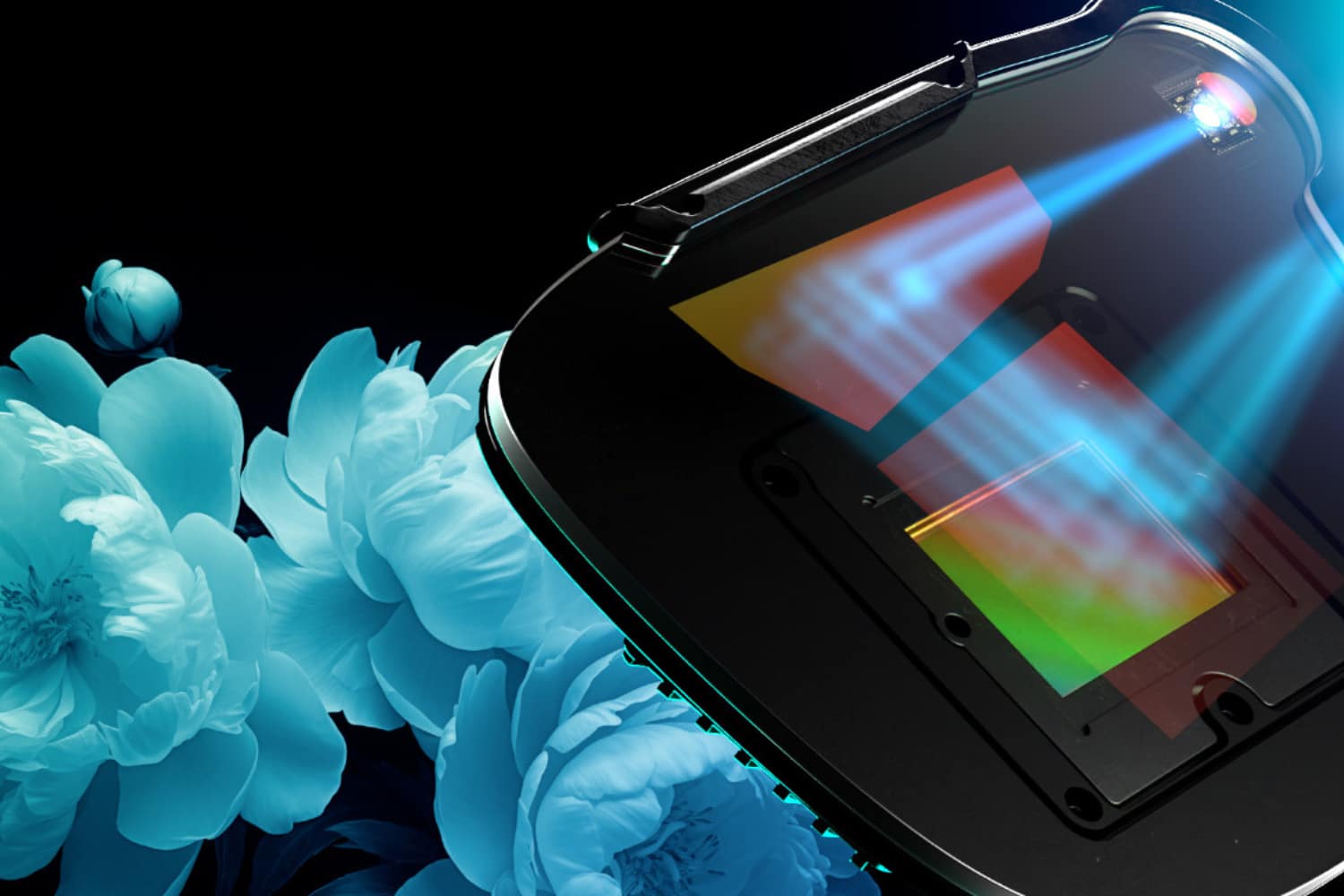The 3D display shows images in front of the eyes. The system blends digital and real views for comfort, clear vision, and full immersion.

A new ultra-thin holographic display just 3 millimeters thick, developed by researchers at Stanford University, marks a major step toward lightweight mixed reality glasses that can project 3D images directly into the user’s view. The prototype combines high image quality, depth, a wide field of view, and a large eyebox, making it one of the most advanced holographic systems yet.
Unlike traditional stereoscopic methods or bulky headsets, this system uses true holography—capturing both the intensity and phase of light—to recreate realistic 3D visuals. The result is a more natural viewing experience that blends digital images seamlessly with the real world.
At the core of the system is a custom waveguide that directs images toward the eye, supported by an AI-based calibration method that enhances image clarity and depth. Together, these features increase the display’s étendue—the product of field of view and eyebox size—ensuring a more immersive and flexible user experience.
The design also addresses major challenges in wearable mixed reality: comfort, realism, and immersion. Its slim profile allows for extended use without neck or eye strain, while the AI enhancements improve realism. The wide field of view and large eyebox let users move their eyes naturally while maintaining image clarity.
This development is part of a multi-phase research effort led by Stanford’s Computational Imaging Lab. The first phase introduced the holographic waveguide. The second, now complete, demonstrates a working headset prototype. The final phase aims to turn this prototype into a commercial product that could transform applications in education, entertainment, communication, and more.
A long-term goal is to pass the “Visual Turing Test”—where users can no longer tell the difference between real and digital visuals. While that level of realism is still ahead, this prototype shows real progress toward that vision.


